Government contracting with nonprofits is an official agreement with a government organisation paying a nonprofit to deliver goods or services. Their primary goal is to satisfy the demands of the population and promote the missions of the nonprofit. Such contracts usually sponsor community activities, social services, training, and health outreach. Governments are able to provide specific services to a given target when they partner with non-profits. Nonprofits get a stable source of funding and more impact. These types of contracts involve ensuring certain standards of performance, reporting and compliance to sustain funding and success of the program.
What are the Types of Government Contracts for Nonprofits?
These are the 8 types of government contracts for nonprofits.
Fixed-Price Contracts
These contracts lock the amount of money to be paid, regardless of the real costs used. They are most suitable when there is a well-defined project that has predictable costs. Nonprofits enjoy the certainty of their budget but have to carefully consider their expenses, as this type of agreement does not cover excessive spending.
Cost-Reimbursement Contracts
In these contracts, allowable and documented costs are recharged to nonprofits. They are applicable in projects whose scope is not certain, so that some adjustments are possible. This requires close reporting, cost documentation and adherence to the provisions of funding to again prevent disallowance and continued funding over the life of the project.
Performance-Based Contracts
These contracts are associated with payment based on meeting specific outcomes or deliverables. This model tends to encourage nonprofits to be efficient and outcome-based. Success requires clear performance goals, reasonable objectives, and high-quality standards that align with the nonprofit’s needs and those of the funding agency.
Grant-to-Contract Conversions
They are encountered when a grant changes to a contractual relationship because of variations in scope or deliverables. There are more compliance-related requirements, reporting, and performance accountability for nonprofits within the new contract obligations.
Time-and-Materials (T&M) Contracts
T&M contracts pay nonprofits by the hour and materials consumed. They can be applied in projects with unpredictable demands, which, however, have to be strictly monitored to keep the cost within limits. They are flexible but insist on clarity in bills, good record-keeping, and supervision to prevent unexpected breach of budget limits or timelines.
Indefinite Delivery/Indefinite Quantity (IDIQ) Contracts
IDIQ is an open contract to deliver a specified quantity at an unspecified time. Nonprofits are offered task orders on request. This type is flexible in terms of workload; however, it involves being ready to respond fast to fluctuating demands without compromising the quality of service or compliance.
Incentive Contracts
They are contracts that reward nonprofits based on performance above goals, either by finishing early or saving money. They promote creativity and productivity. But nonprofits have to realistically measure their ability to achieve a goal without sacrificing quality, employee well-being, or priorities as they chase financial incentives.
Cooperative Agreements
In cooperative agreements, there is a great deal of collaboration between the funding agency and the nonprofit. They are different because, unlike normal grants, they need direct federal participation in project implementation. Nonprofits have access to expertise and resources, but open communication, adapting to shared decision-making, and compliance with joint planning are essential.
What is the Eligibility Criteria for Nonprofits?
These are the four main eligibility requirements of nonprofits:
- Registered Legal Entity: A nonprofit organisation is also qualified as long as it is registered legally with the appropriate authority. The registration facilitates transparency in law, certification as a nonprofit and responsibility to stakeholders. The credibility of the organisation is affirmed by documents like incorporation certificates, tax records and bylaws.
- Relevant Experience: Previous experience in the delivery of projects of similar scope enhances eligibility. Capability shows in the past performance of nonprofits in the area of social programs, education, training, or community services. Reports, partnerships and measurable influence prove the effectiveness and credibility of the organisation the organisation’s effectiveness and reliability.
- Financial Stability: A nonprofit organisation that is financially stable is also a nonprofit in good standing. Financial health is represented by audited statements, transparent accounting and stable sources of funds. Reliable financial practices also lower risks, and they increase the confidence of contracting agencies.
- Capacity & Resources: The availability of human resources, system of operation and infrastructure provides eligibility. An organisation that values permanent professional staff, technical tools, and formal processes is ready to execute a project. Capacity also addresses logistic and management capabilities, and community engagement.
How to Find Government Contract Opportunities?
These four are the primary methods to discover government contract opportunities:
- Government Procurement Portals: Federal and state procurement portals list open solicitations, requests for proposals and bidding information where nonprofits can search opportunities by category and area.
- Local Government Websites: These websites often post service needs and smaller contract opportunities on their procurement or purchasing pages by city, county, and municipal governments.
- Networking & Industry Events: Conferences, vendor fairs and nonprofit forums can allow direct contact with program officers and potential prime contractors.
- Agency Outreach: Outreach to government agencies enables nonprofits to develop visibility, get insights via briefings and Q&A sessions, and register as vendors.
What is the Government Contract Application Process for Nonprofits?
The following are the six major steps to follow when applying to become a nonprofit government contractor:
- Identify Relevant Opportunities: Nonprofits begin the process by searching on procurement portals and websites of agencies. They also search for industry events to find contracts that fit their mission and expertise.
- Review Requirements: All opportunities come with eligibility and compliance rules. The nonprofits analyse every technical requirement before they apply.
- Prepare Documentation: Documentation required includes evidence of legal registration and financial statements. There is also the preparation of past performance records and certifications that are required by the agency.
- Develop a Competitive Proposal: The well-written proposal has both program goals and delivery modes of a service. It also brings out organisational capacity and data-supported measurable results.
- Submit Before Deadline: Applications are submitted or delivered following the guidelines of the agency. Nonprofits are committed to completeness and accuracy so that they are not disqualified.
- Follow Up: The application status is followed by nonprofits after submission. They also have clarification sessions and communicate with contracting officers.
What are the Tips to Increase the Chances of Winning a Contract?
These are five tips that can make you win a government contract:
- Tailor your proposal to meet the missions of the agency and the project objectives. Personalised proposals, rather than generic ones, tend to stand out more.
- Show measurable outcomes in terms of providing accurate data and the results of previous projects. It is best to show an impact to improve credibility.
- Highlight partnerships that enhance your proposal with a new area of expertise or resources. The collaborations show the capacity to scale delivery.
- Maintain compliance records that are updated to include the latest financial documents, legal documents and certifications. A proven track record of compliance gains the trust of evaluators.
- Build relationships by networking, outreaching and maintaining stable contact with government officials. Good relationships enhance awareness and opportunity.
What are the Common Challenges and How to Overcome Them?
Here are the four common challenges nonprofits face in government contracting and how to overcome them:
- The process is usually slowed as a result of complex paperwork. It can be made manageable by breaking the documents into small tasks and following checklists.
- The existence of strict rules of compliance can cause challenges.. Staying updated with regulations and conducting regular audits ensures smooth compliance.
- A high level of competition decreases the chances of winning. With data, partnerships and clear outcomes, proposals improve their chances to stand out.
- Delays in funding projects impact the delivery of projects. The best way to deal with such delays is by building a financial protector and expanding a source of funding.

George C. Tagg, Jr.
George serves as a trusted counsel to business leaders, non-profit executives, and management teams. George is a licensed attorney with a master’s in international affairs and over 20 years’ experience in the U.S. Congress, Department of State, Department of Defense, global public policy, and political campaigns.

